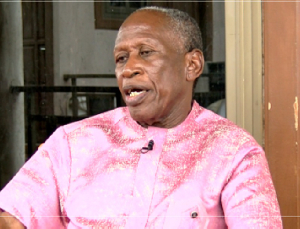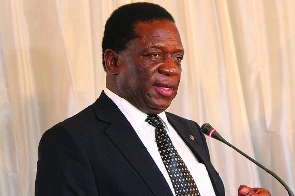Economic performance data provided by Finance Minister Ken Ofori Atta in his mid-year budget review presentation to Parliament has given the first quantitative revelations as to the sheer intensity of the effect of the COVID-19 outbreak on government’s finances.
The latest data, although not unexpected is still nevertheless disturbing; the fiscal deficit for the first half of this year was 6.3 percent of Gross Domestic Product (GDP) which is slightly more than twice the 3.1 percent targeted for the period.
As expected, both revenue shortfalls and higher than originally expected expenditures contributed to the sharp rise in the fiscal deficit.
Total revenues and grants for the first six months of 2020 were GH¢22,007 million, which is 26 percent short of target. Non-oil tax revenues were GH¢16,723 million, which is 16.2 percent below the original target of GH¢19,952 million.
Shortfalls were experienced across board, including domestic value-added tax, petroleum excise taxes, National Health Insurance Levies and Ghana Educational Trust Fund Levies. However both personal income tax and communications service tax revenues exceeded their targets.
But upstream oil and gas revenues were 55.4 percent below target at GHc1,993 million, compared with a target of GH¢4,468 million.
Conversely, total public expenditures were 11.5 percent higher than programmed, at GH¢46,350 million, compared with a target of GH¢41,554 million. Mot expenditure categories exceeded their targets with the public wage bill 13 percent above planned and expenditure on goods and services 17.7 percent above target.
Instructively capital expenditure was 7.0 percent higher than planned as GH¢4,812 million in contrast to the previous three years – during which there were no extraordinary fiscal circumstances – when capital project spending was cut sharply to reign in the fiscal deficit. The new tack can be ascribed to 2020 being an election year.
The fiscal deficit, measured on cash basis for the first half of 2020 amounted to GH¢24,345 million, compared with an original target of GH¢11,794 million.
Instructively, the effects of the global pandemic on the international investment community forced government to look overwhelmingly to domestic financing of its deficit, which, at GH¢21,786 million accounted for 89.5 percent of the total financing requirement.
Instructively more than half of this was in the form of unorthodox emergency financing such as direct lending to government by the Bank of Ghana and the sale of non-marketable securities, financing modes used in part to keep a lid on domestic interest rates.
Conversely, because of the inevitable reticence of foreign portfolio investors in the face of the uncertainties created by the global pandemic, foreign financing of the half year deficit amounted to just GH¢2,560 million, against a target of GH¢15,100 million.
However the external sector performance for the first half of the year has been far more encouraging under the circumstances. The trade surplus remained positive although it experienced a minor fall, from US$1,178.26 million for the first five months of 2019 to US$1,043.29 million for the corresponding period of this year.
Importantly though both exports and imports declined in value enabling gross international reserves to actually provide more cover of the import bill than the situation a year ago.
Exports fell by 8.1 percent during the period January to May this year, to US$6,205.42 million, this resulting from lower receipts from oil, non-traditional exports, timber and aluminium.
Similarly imports fell to US$5,162.13 million, from US$5,576.24 million, occasioned by both lower oil and non-oil imports. Oil imports declined by 21.22 percent to US$815.44 million while non-oil imports fell to US$4,346.69 million – from US$4,541.20 million in 2019 – on account of lower demand for capital and intermediate goods due to a drop in local production levels.
The current account surplus actually increased by 12.4 percent during the first quarter of this year although the capital account surplus declined. However, all this occurred before the full onset of the COVID-19 outbreak and both accounts are likely to have deteriorated during the second quarter of the year.
Nevertheless, gross international reserves of US$9,171.36 million as at mid-year was enough to cover 4.3 months of imports, an improvement over the 4.0 months import cover as at December last year, provided by US$8,418.08 million in gross reserves.
This suggests that Ghana can possibly still navigate this election year without a sharp depreciation of the cedi, even with the impact of COVID-19, especially if government can slow the growth in its fiscal deficit.
Click to view details



Business News of Friday, 24 July 2020
Source: goldstreetbusiness.com

















